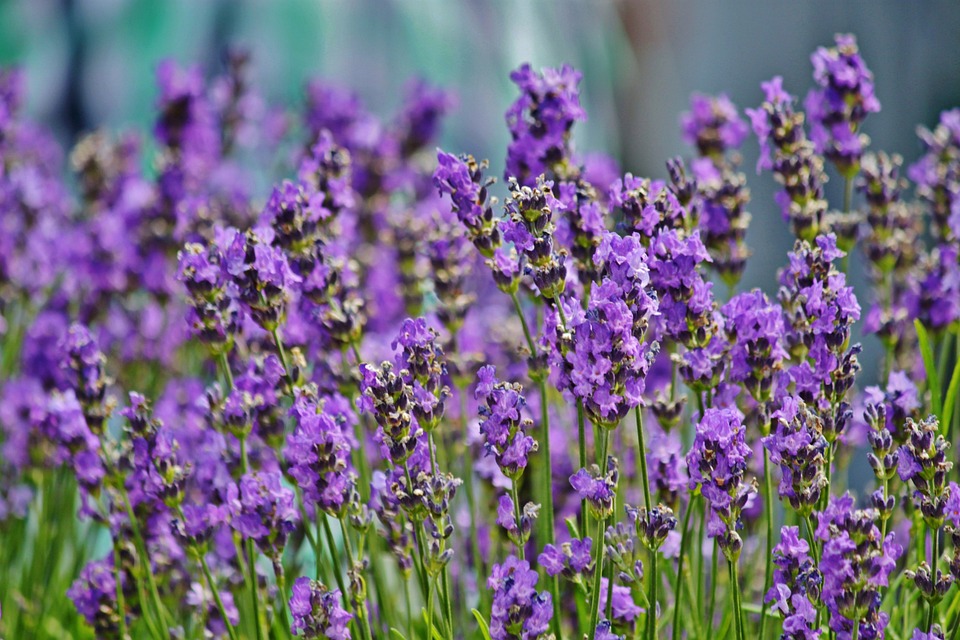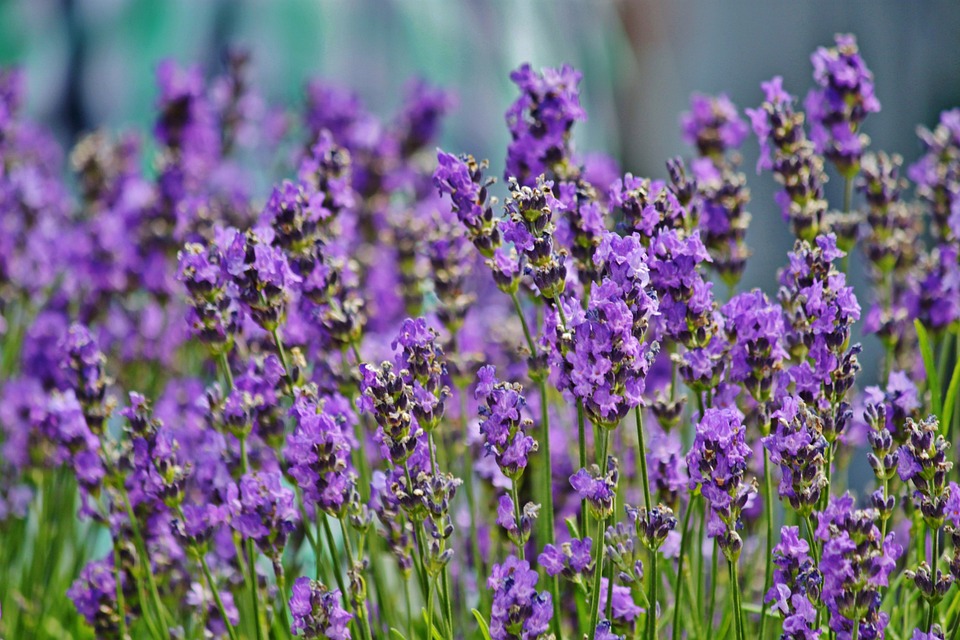In the remote and rugged landscapes of Indonesia, an ancient and formidable predator reigns supreme.
The Komodo dragon (Varanus komodoensis), the largest living lizard on Earth, is a creature of immense power and mystery.
These remarkable reptiles, which can grow up to 10 feet in length and weigh over 150 pounds, are the last giants of the reptile kingdom.
They have roamed the Earth for millions of years, surviving through dramatic changes in the environment and proving their resilience and adaptability.
This article delves deep into the world of Komodo dragons, exploring their evolutionary history, biology, behavior, ecological significance, and the conservation challenges they face in the modern world.
I. Introduction: Giants Among Us

The Komodo dragon, often referred to as the “dragon” of the reptile world, is a living testament to the power of evolution and adaptation.
These creatures evoke a sense of awe and fascination, not just because of their size, but also due to their ancient lineage and unique position in the animal kingdom.
Their story is one of survival and dominance, making them a subject of interest for scientists, conservationists, and nature enthusiasts alike.
II. Evolutionary History: From Ancient Ancestors to Modern Giants

A. The Varanidae Family
The Komodo dragon belongs to the Varanidae family, a group of lizards that has existed for over 100 million years.
This family includes other large lizards like the monitor lizards, which are known for their intelligence and predatory prowess.
Fossil records indicate that the ancestors of Komodo dragons were already exhibiting traits of size and strength long before they became the isolated giants we know today.
B. Insular Gigantism
Komodo dragons are a prime example of insular gigantism, a phenomenon where animals isolated on islands evolve to larger sizes compared to their mainland relatives.
This evolutionary path allowed them to dominate their environment, filling the role of apex predators in their ecosystem.
The lack of large mammalian carnivores on the islands they inhabit provided a unique niche that the Komodo dragons were perfectly suited to exploit.
III. Anatomy and Physiology: Built for Dominance

A. Physical Characteristics
Komodo dragons are not just large; they are powerfully built with muscular bodies, robust limbs, and long, whip-like tails.
Their scaly skin, often dark gray or brown, provides excellent camouflage in their natural habitat.
Their skulls are equipped with strong jaws and serrated teeth that can tear through flesh with ease, making them formidable hunters.
B. Sensory Adaptations
These reptiles have highly developed senses that aid in their survival.
Their vision is sharp, allowing them to detect movement from up to 300 meters away.
They have an acute sense of smell, facilitated by their forked tongues and Jacobson’s organ, which allows them to detect chemical signals in the air.
This olfactory prowess enables them to locate carrion from several miles away.
C. Venom and Saliva
Recent studies have revealed that Komodo dragons possess venom glands loaded with toxins that can induce shock and prevent blood clotting in their prey.
This venom works in conjunction with their bacteria-laden saliva to weaken and immobilize their victims, ensuring a successful hunt.
IV. Behavior and Hunting Strategies: Masters of Stealth and Power
A. Solitary Predators
Komodo dragons are primarily solitary creatures, coming together only during feeding frenzies or the breeding season.
Their solitary nature means they must rely on stealth and surprise to capture prey, often lying in wait for hours before launching a sudden and deadly attack.
B. Ambush Hunting
These lizards are masters of ambush hunting.
They use their environment to their advantage, hiding in tall grass or behind rocks, and striking with incredible speed when an unsuspecting animal comes within range.
Their powerful legs and claws help them hold down struggling prey while they deliver lethal bites.
C. Scavenging Behavior
In addition to hunting, Komodo dragons are opportunistic scavengers.
Their keen sense of smell enables them to detect carcasses from great distances.
This scavenging behavior plays a crucial role in their ecosystem, as it helps to clean up carrion and prevent the spread of disease.
V. Reproduction and Life Cycle: From Hatchling to Apex Predator
A. Mating and Nesting
Komodo dragons engage in fierce battles during the breeding season, with males wrestling for the right to mate with females.
These contests can be brutal, but they ensure that only the strongest individuals pass on their genes.
Females lay clutches of up to 30 eggs in nests dug into the ground or in abandoned megapode nests, which provide warmth and protection.
B. Hatchlings and Juveniles
Hatchlings are vulnerable and must fend for themselves from the moment they emerge.
To avoid predation by adults and other predators, young Komodo dragons often take to the trees, where they remain until they are large enough to defend themselves.
This arboreal phase is a critical period of growth and learning, as they develop the skills needed to survive as apex predators.
VI. Ecological Significance: Keystone Predators of Their Ecosystem
A. Maintaining Balance
As apex predators, Komodo dragons play a vital role in maintaining the balance of their ecosystem.
They regulate the populations of herbivores like deer and wild boar, which in turn helps to preserve the vegetation and overall health of their habitat.
By controlling prey populations, they prevent overgrazing and promote biodiversity.
B. Impact on Prey Species
The presence of Komodo dragons influences the behavior and distribution of their prey.
Animals must constantly be vigilant and adapt their behavior to avoid becoming a meal.
This dynamic relationship drives evolutionary changes and helps to shape the structure of the ecosystem.
VII. Conservation Challenges: Protecting the Last Giants
A. Habitat Loss
One of the greatest threats to Komodo dragons is habitat loss due to human activities such as deforestation, agricultural expansion, and infrastructure development.
These activities reduce the available habitat for Komodo dragons and fragment their populations, making it more difficult for them to find food and mates.
B. Human-Wildlife Conflict
As human populations grow and encroach on Komodo dragon habitats, conflicts can arise.
Komodo dragons may prey on livestock, leading to retaliatory killings by farmers.
Additionally, the presence of humans can disrupt their natural behaviors and lead to increased stress and mortality.
C. Climate Change
Climate change poses a significant threat to Komodo dragons and their habitat.
Rising temperatures, changing rainfall patterns, and increasing sea levels can alter the delicate balance of their ecosystem.
Changes in prey availability and habitat suitability could have profound effects on their survival.
D. Conservation Efforts
Efforts to protect Komodo dragons are multifaceted and involve habitat protection, anti-poaching measures, and community engagement.
Komodo National Park, established in 1980, is a key conservation area that provides a sanctuary for these reptiles.
Conservation programs also focus on raising awareness about the importance of Komodo dragons and involving local communities in their protection.
VIII. Scientific Research: Unlocking the Secrets of the Dragons
A. Behavioral Studies
Researchers are continually studying Komodo dragon behavior to gain insights into their hunting strategies, social interactions, and reproductive habits.
These studies provide valuable information that can inform conservation efforts and help ensure the long-term survival of the species.
B. Genetic Research
Genetic research is critical for understanding the diversity within Komodo dragon populations.
By studying their genetics, scientists can identify distinct populations, assess genetic health, and develop strategies for breeding programs that maintain genetic diversity.
C. Health and Disease
Understanding the health and disease dynamics of Komodo dragons is essential for their conservation.
Research on diseases that affect Komodo dragons, as well as their immune responses, helps to ensure that captive and wild populations remain healthy and resilient.
IX. Cultural Significance: Dragons in Myth and Modern Times
A. Mythology and Folklore
Komodo dragons have long been a part of Indonesian culture and mythology.
Local legends often depict them as powerful and fearsome creatures, and they are revered as symbols of strength and resilience.
These stories have helped to shape the cultural identity of the communities living alongside them.
B. Modern Symbolism
Today, Komodo dragons are a symbol of Indonesia’s natural heritage and biodiversity.
They attract tourists from around the world, contributing to local economies and raising awareness about the importance of conservation.
This tourism, when managed sustainably, can provide crucial support for conservation efforts.
X. The Future of Komodo Dragons: Challenges and Opportunities
A. Sustainable Development
The future of Komodo dragons depends on our ability to balance human development with wildlife conservation.
Sustainable development practices that prioritize habitat protection and minimize human-wildlife conflict are essential for their survival.
B. Education and Awareness
Raising awareness about the importance of Komodo dragons and their role in the ecosystem is crucial.
Education programs can foster a deeper understanding and appreciation for these creatures, encouraging support for conservation efforts.
C. Global Collaboration
Conservation of Komodo dragons requires global collaboration. International partnerships, funding, and research initiatives can provide the resources and expertise needed to address the challenges facing these magnificent reptiles.
XI. Conclusion: A Legacy of Survival
Komodo dragons, the last giants of the reptile kingdom, are a living link to our planet’s ancient past.
Their survival into the modern age is a testament to their resilience and adaptability.
By unveiling the mysteries of these magnificent reptiles and working to protect their habitats, we can ensure that they continue to roam the Indonesian islands for generations to come.
In essence, Komodo dragons are more than just apex predators; they are symbols of nature’s enduring power and diversity.
Protecting them is not just about saving a species, but preserving a vital piece of our natural world and its intricate web of life.






